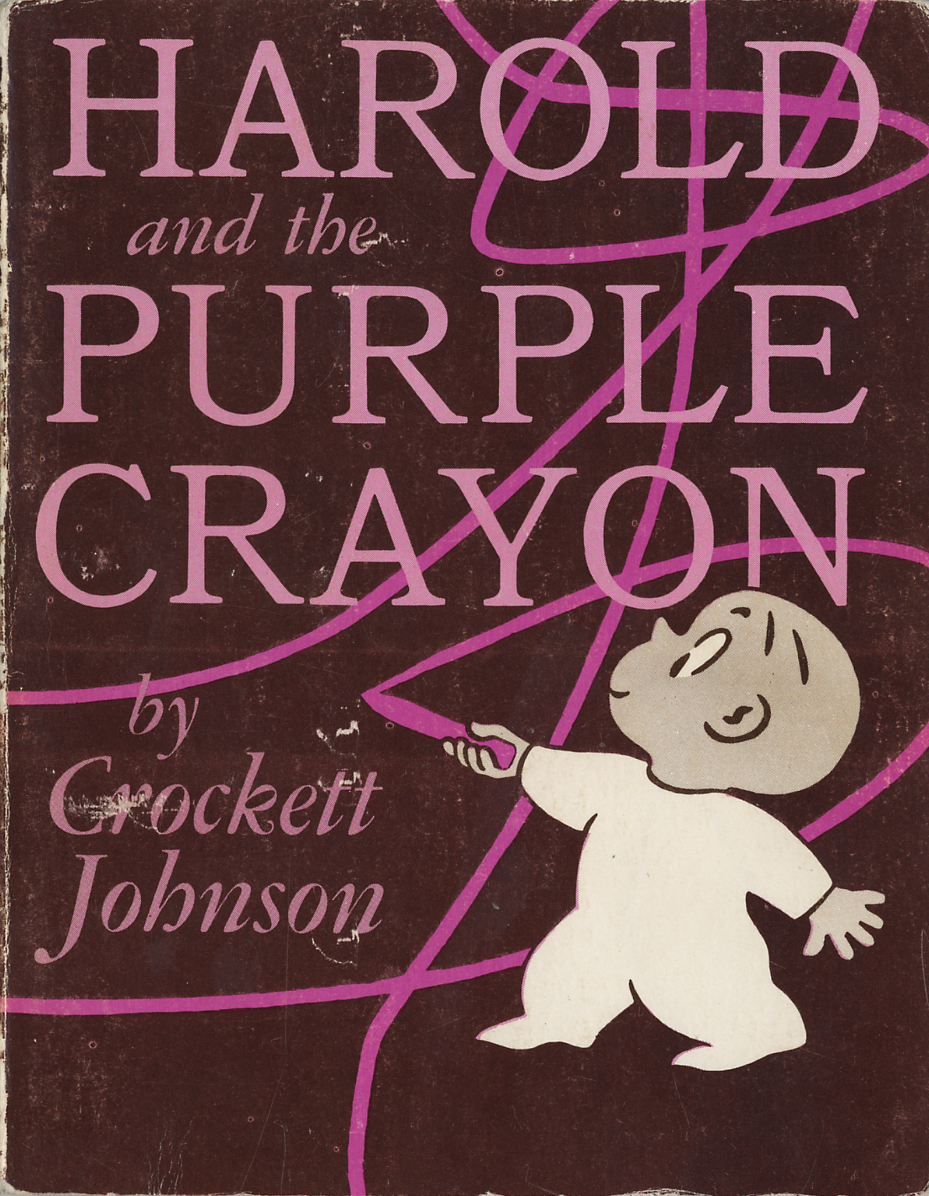 For Crockett Johnson‘s 108th birthday, it’s… Harold around the world! Whether you know him as Valtteri, Paultje, Pelle, Tullemand, Harold, or something else, you can read about his adventures in at least 14 languages. I have copies of Harold and the Purple Crayon in nine languages (Chinese, Danish, Dutch, Finnish, French, Hebrew, Italian, Spanish, and its original English) and have found some additional covers in other languages (German, Polish, Swedish) on-line.
For Crockett Johnson‘s 108th birthday, it’s… Harold around the world! Whether you know him as Valtteri, Paultje, Pelle, Tullemand, Harold, or something else, you can read about his adventures in at least 14 languages. I have copies of Harold and the Purple Crayon in nine languages (Chinese, Danish, Dutch, Finnish, French, Hebrew, Italian, Spanish, and its original English) and have found some additional covers in other languages (German, Polish, Swedish) on-line.
So, grab your crayon, draw up a chair, and take a look at the many versions of Harold!
Chinese
The book is available in at least two versions in Chinese. Here’s the one published by Hsinex International Corporation in 1987. On the cover, Harold’s skin tone is a darker shade of tan than it is inside the book (where it is the same light tan color that it is in the English-language edition).
And here’s the one published by Jieli Publishing House in 2004. This publisher also translated the other six Harold books – including Harold’s ABC, which must be strange to read. The letters are in English, and the items they name are English words, but all the print narrative is in Chinese – followed by a parenthetical mention of the English word named by the letter.
Danish
Tullemand! Translated by Bibi & Thomas Winding. Published by Gylendal.
(For this copy, my thanks to Stewart Edelstein, Executor of Ruth Krauss’s Estate.)
Dutch
For the Dutch edition, one of the Netherlands’ greatest children’s writers did the translation: Annie M.G. Schmidt, author of Jip and Janneke, Tow-Truck Pluck, and many others (most of which have not been translated into English). Published by Lemniscaat.
Finnish
Translated by Riitta Oittinen. Published by Pieni Karhu (Little Bear).
(Thanks to Leena Reiman, who sent me this copy back in 1999 – during the earliest days of my Crockett Johnson Homepage.)
French
In French, Harold’s crayon is pink. Translated from the American by Anne-Laure Fournier le Ray. (Really – from the American, not from the English. “Traduit de l’américain par Anne-Laure Fournier le Ray.”)
In the latest French edition (same translator), Harold’s crayon is now violet.
German
According to GoogleTranslate, this German title translates to “I’m making my own world.” I don’t have a copy of this, but if I remember correctly (I’ve seen a copy with those of Johnson’s papers housed with Ruth Krauss’s), the crayon is red in this edition.
There’s a new German edition, which (mostly) retains Johnson’s title: “Zauberkreide” is “magic chalk,” which makes this much closer to Harold and the Purple Crayon than the above version.
Hebrew
Note that the binding is on the right side here. The pages are all mirror images of the English-language version.
Italian
Translated by Giulio Lughi. Published by Einaudi Ragazzi. Contains both Harold and the Purple Crayon and Harold’s Trip to the Sky.
Polish
Translated by Tomasz ZajÄ…c. Published by Media Rodzina.
Spanish
Translated by Teresa Mlawer. Published by HarperCollins.
Swedish
The 1958 edition – specifically, Ole Könnecke‘s childhood copy. Note that Harold’s crayon is also red here. As Könnecke explains, “‘Och den röda kritan’ means ‘And the red crayon.'” Yet, he adds, “when I added a belt to Harold’s pyjama, I used a purple crayon.”
(Thanks to Mr. Könnecke for sharing this! Incidentally, if you’ve not read his children’s books, start with Anton Can Do Magic.)
The current edition, translated by Eva Håkansson.
If you found the above to be of any interest, then you might also enjoy these blog posts:
- A Very Special House (30 Sept. 2014)
- How Much Is That Harold in the Window? Harold at Compas, L.A. (10 May 2014)
- Happy 107th Birthday, Crockett Johnson! (20 Oct. 2013)
- Crockett Johnson in New York: A Walking Tour, in Honor of His 106th Birthday (20 Oct. 2012)
- Crockett Johnson and Ruth Krauss: Chris Ware’s cover (9 May 2012)
- Harold and the Purple TARDIS (2 April 2012)
- Harold and the School Mural (22 Jan. 2012)
- A Title Is to Read (20 Oct. 2011)
- Happy Birthday, Crockett Johnson! (20 Oct. 2010)
- The Purple Crayon’s Legacy, Part I: Comics & Cartoons (13 Sept. 2010)
- The Purple Crayon’s Legacy, Part II: Picture Books (23 June 2013)

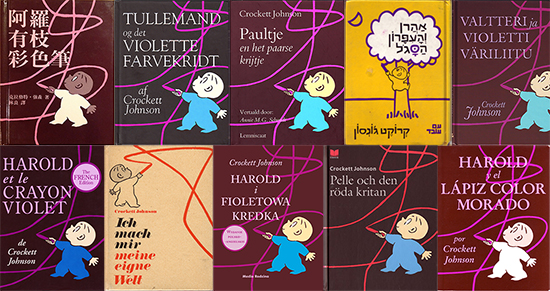
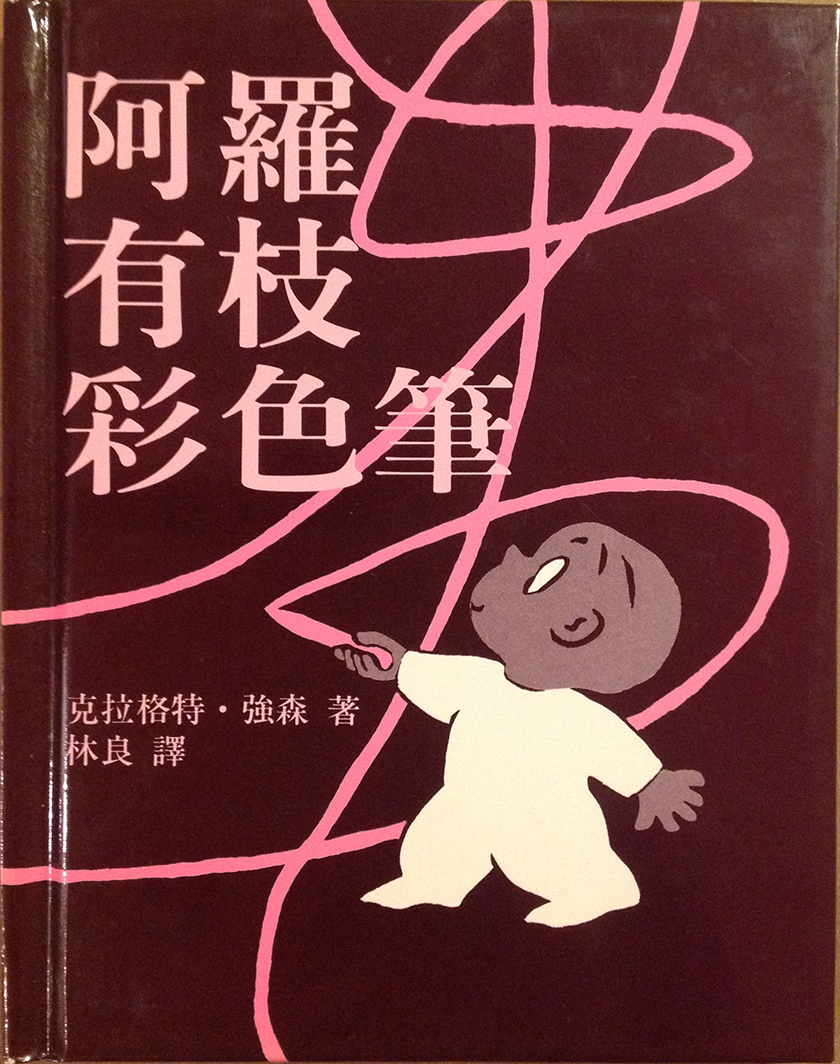
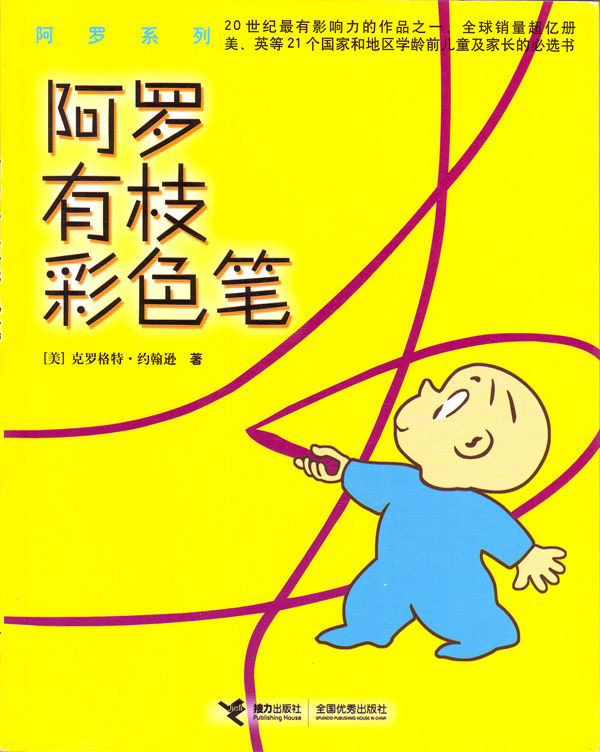
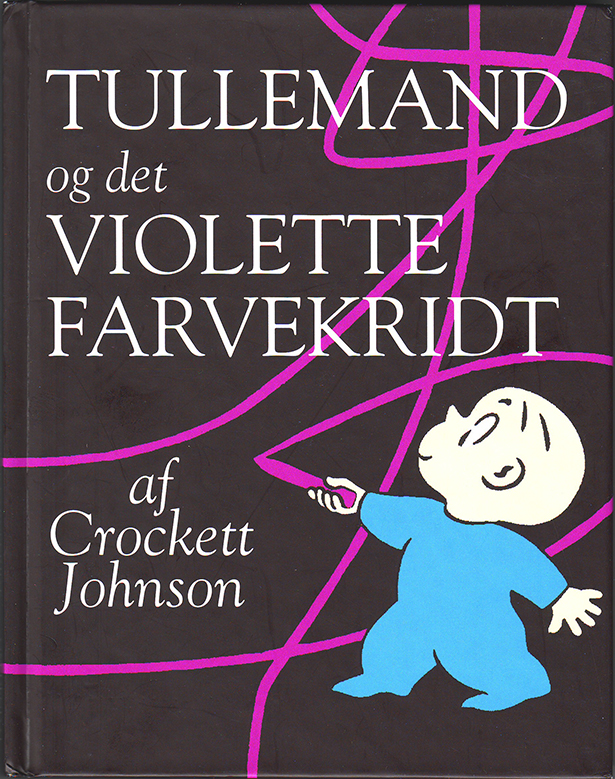
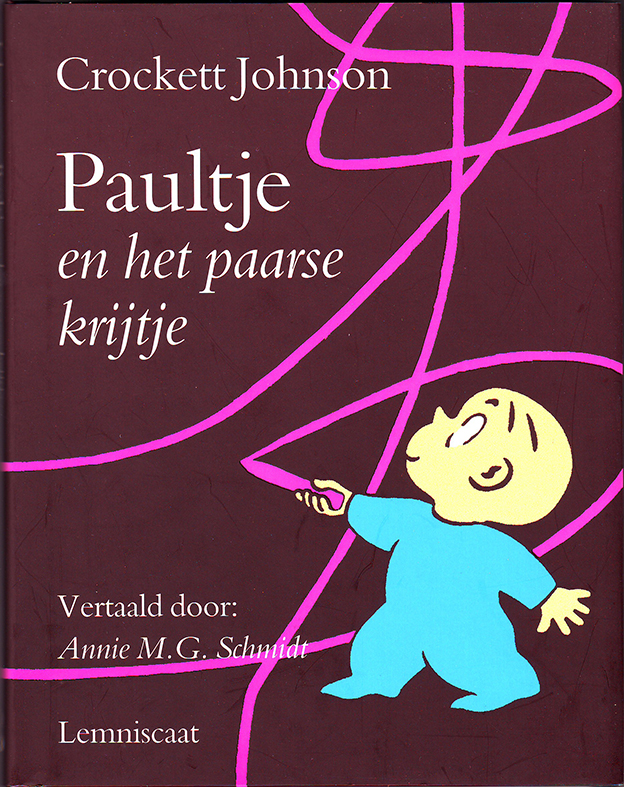
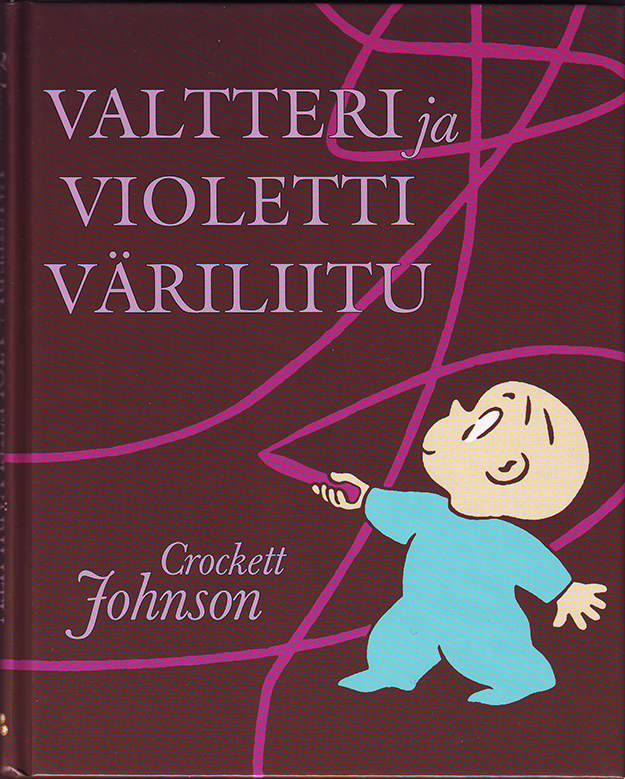
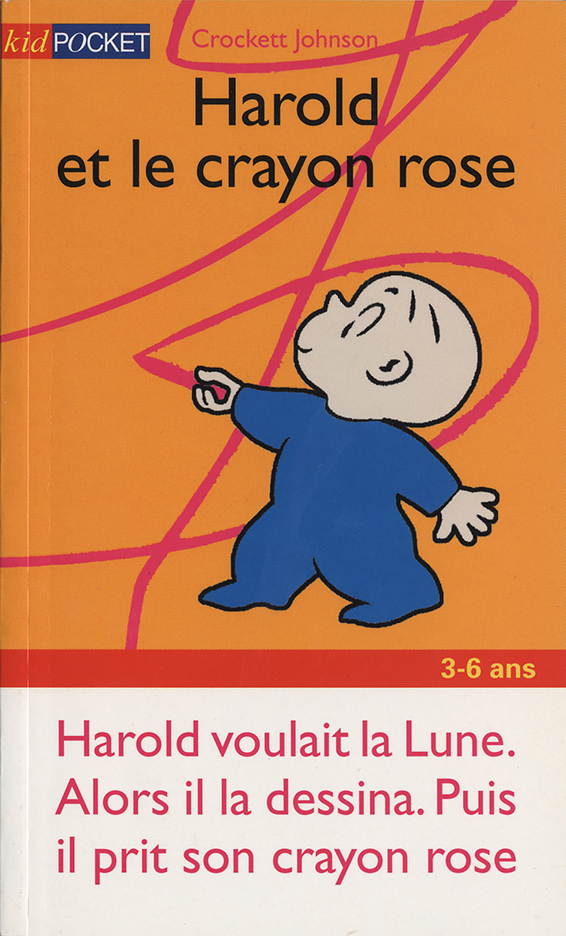
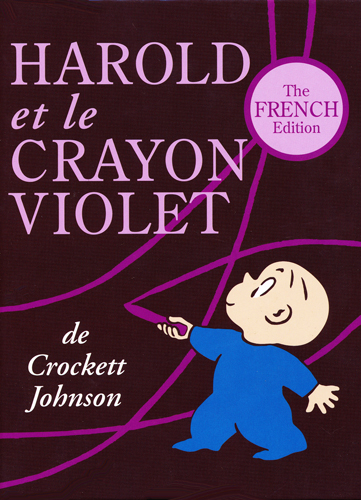
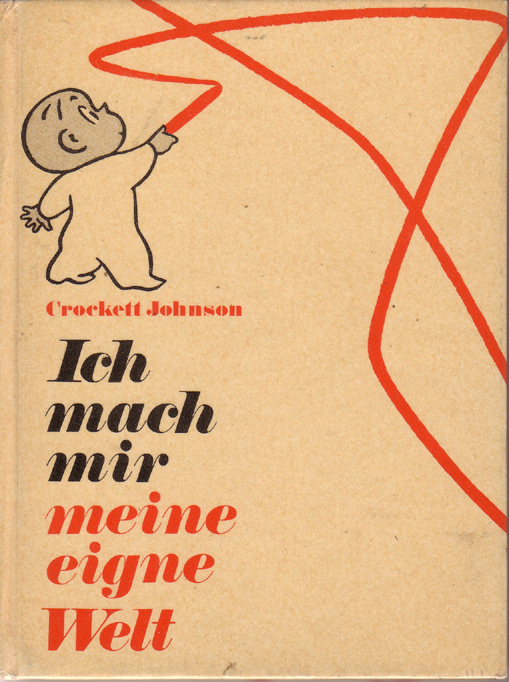
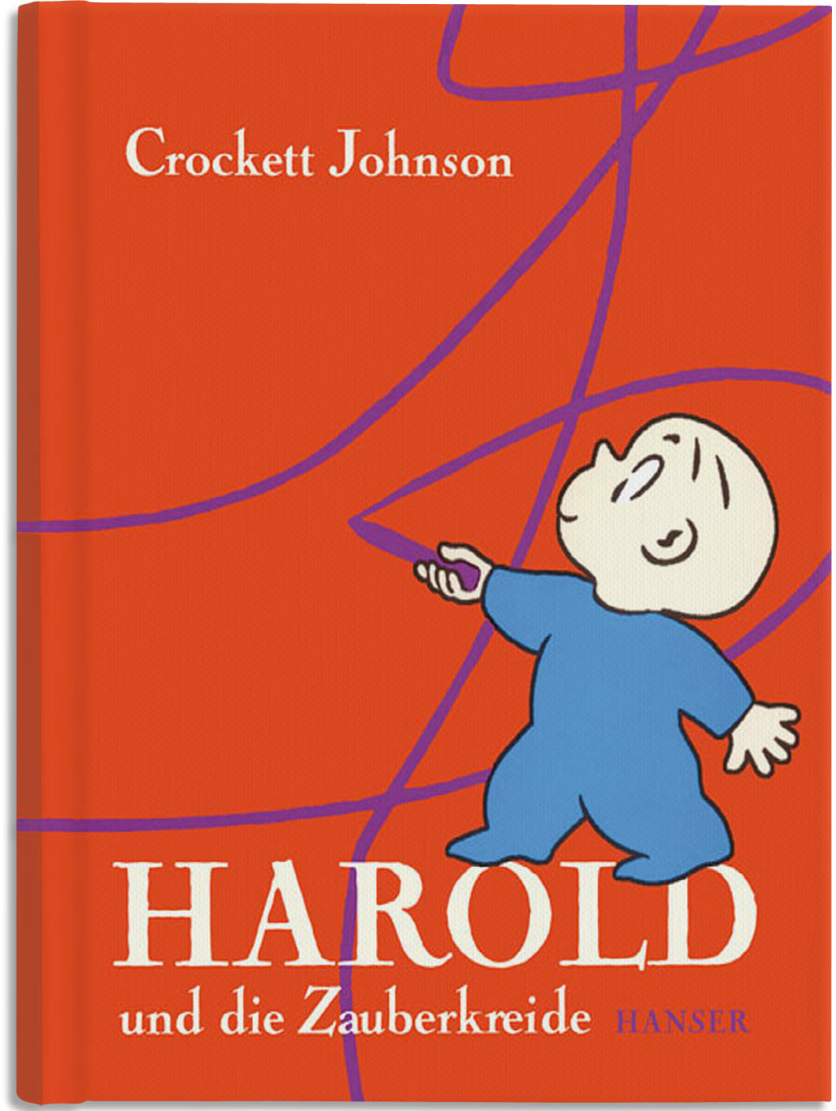
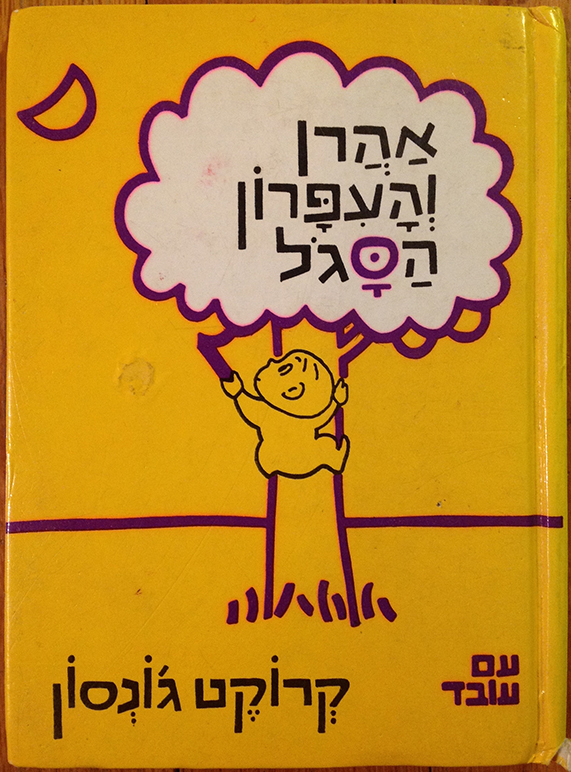
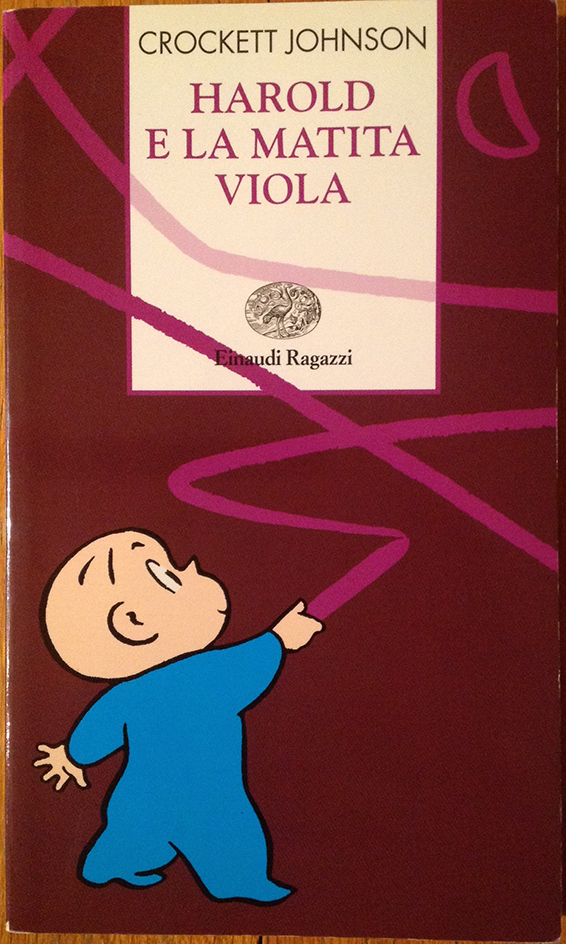
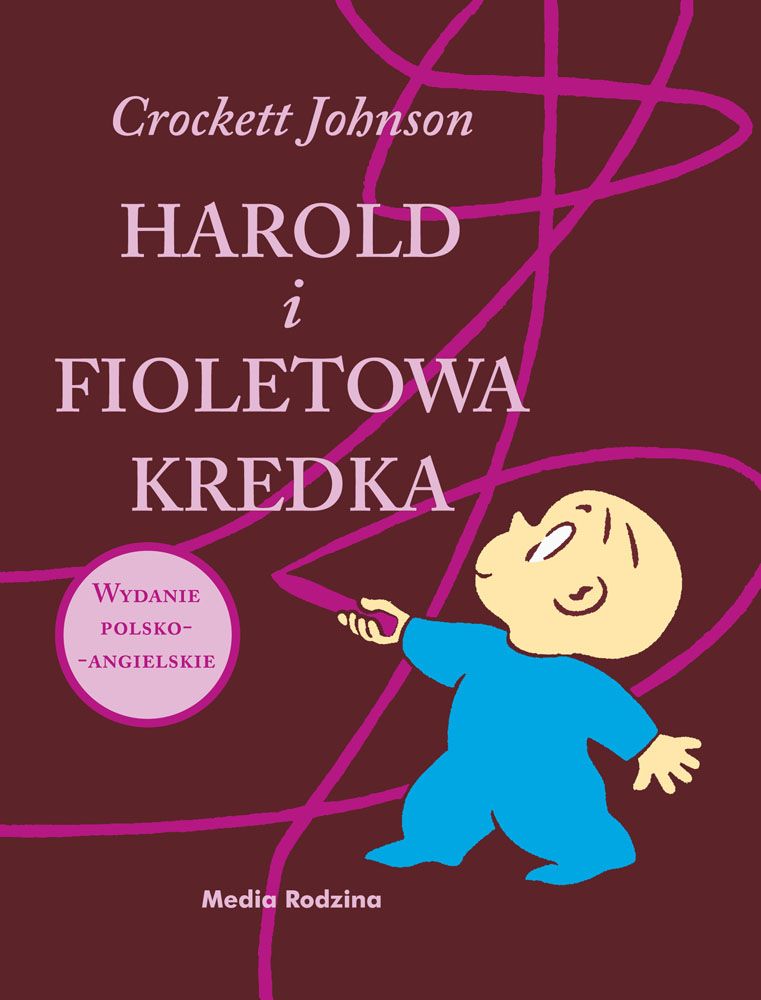
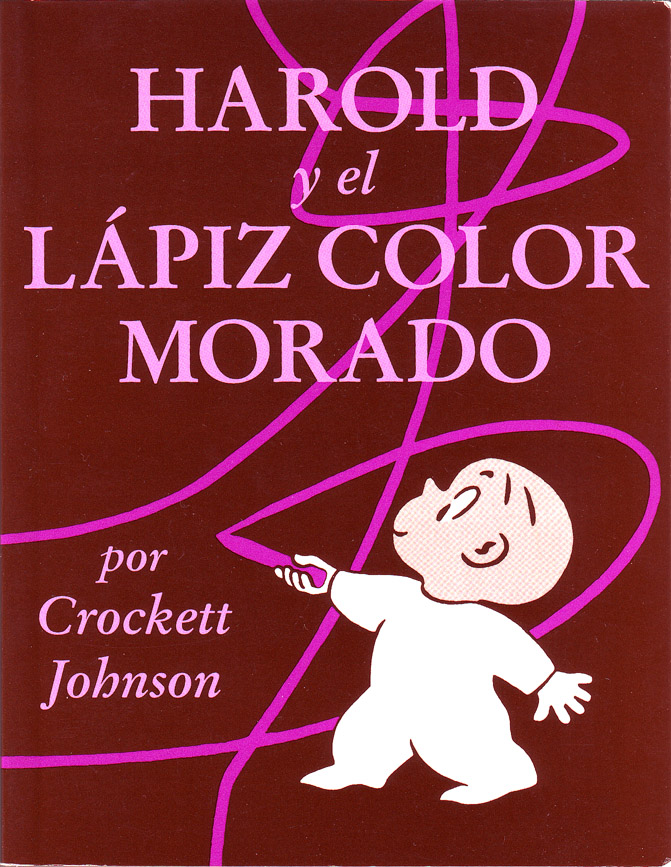
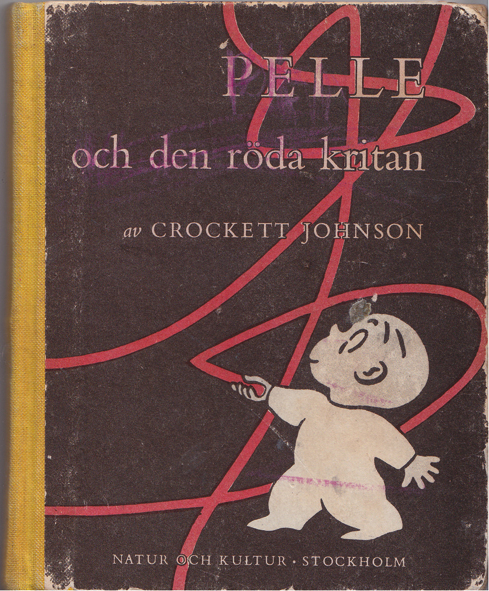
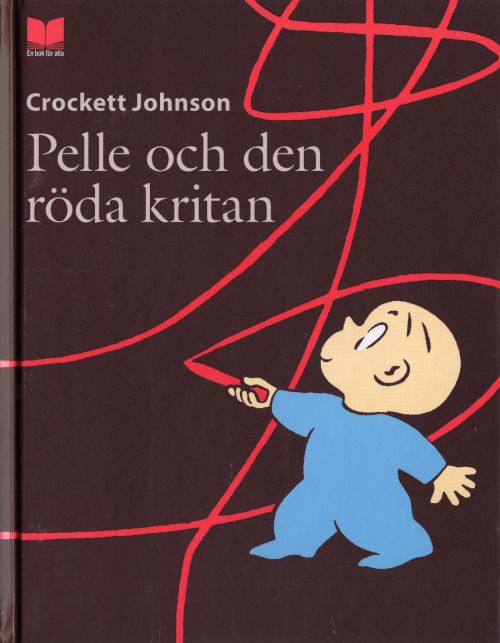
Julie Rowan-Zoch
Marjorie
Philip Nel
Emily Petermann
Philip Nel
Susan Olson
Uri Cohen
Phyllis Ross